Cloud computing is a way to deliver computing as a service rather than a product. It is completely based on the Internet. Cloud Computing provides on-demand hardware (like Server), storage resources, services hosting and services management environment and other devices as a utility or resource over a network. Cloud computing removes the need to have local servers or personal devices to manage services and applications.
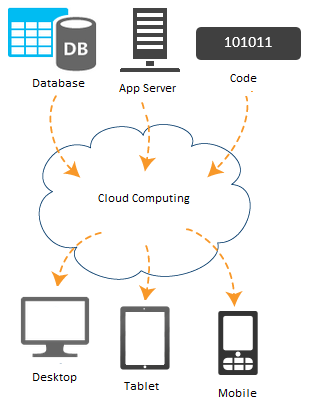
Cloud
A Cloud is just a combination of hardware (computer, other devices), networks, storage, services, and interfaces that help in delivering computing as a service. It has mainly three users - end user, business management user, and cloud service provider.
The end user uses the services provided by the cloud. The business management user takes care of the data and the services provided by the cloud. The cloud service provider is responsible for the maintenance of the IT assets of the cloud.
Microsoft Azure
Microsoft Azure is an open and flexible cloud platform that serves as the development, data storing, service hosting and service management environment. Microsoft Azure provides on-demand compute and storage to host, scale, and manage web applications on the internet through Microsoft data centres. Even, you can integrate your public cloud applications with your existing IT environment.
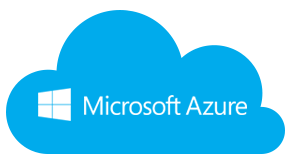
Microsoft Azure helps you to build and manage enterprise level web, mobile, IoT apps faster using your existing skills and technologies you know.

Cloud Computing Sevice Models
Cloud computing service models can be classified into three categories as SaaS, PaaS and IaaS.
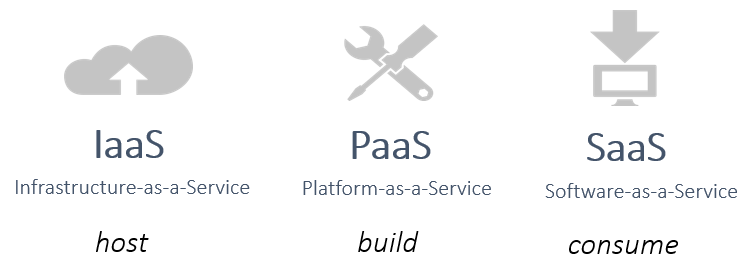
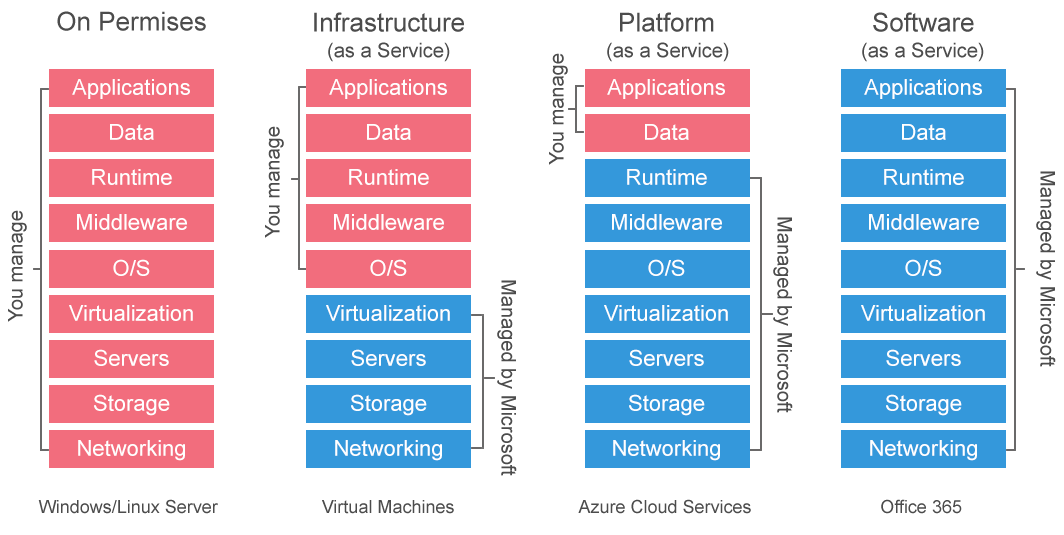
IaaS (Infrastructure as a service)
IaaS is an infrastructure provided by the cloud service vendor to create, run and manage VMs that run on the vendor’s infrastructure. Depending on the vendor, you can create a VM running Windows or Ubuntu or Linux and install anything you want on it. In IaaS, you don’t have control over the hardware or virtualization software, but you have control over the creation, running and management of VMs. So unlike PaaS, you are completely responsible for it.
For Example, Microsoft Azure provides the ability to set up virtual networks, load balancers, storage and many other services that run on its infrastructure.PaaS (Platform as a service)
PaaS is a platform provided by the cloud service vendor, where you can deploy your existing application. This makes the developers free from the infrastructure management and allow them to focus on development rather than environment.
For Example, Web Apps and Cloud Services offered by Microsoft Azure can be used to deploy your app without knowing the nuts and bolts of hosting environment.SaaS (Software as a service)
SaaS is software that is centrally hosted and managed for the end customer. So that all customers can access it. Even, it can be scaled out from one instance to multiple instances to provide the best performance in all locations. SaaS is usually provided by a monthly or annual subscription.
For Example, Microsoft Office 365, Dropbox, WordPress and Amazon Kindle etc.
Cloud Deployment Models
There are three models to deploy your cloud computing resources - public cloud, private cloud and hybrid cloud.
Public cloud
A public cloud is managed by the cloud vendor and all cloud resources run in cloud vendor datacenters. Public cloud resources like servers and storage are accessible over the Internet.
For Example, Microsoft Azure, AWS and Google Cloud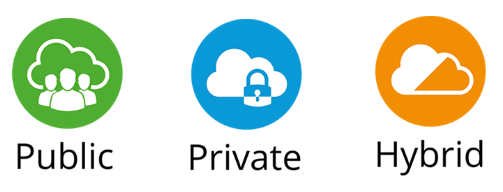
Private cloud
A private cloud is managed by a single business or organization and all cloud resources run in an organization on-site datacenter. A private cloud services are accessible through a private network.
For Example, Microsoft Azure resources running in an organization on-site datacenterHybrid cloud
A hybrid cloud is a combination of public and private clouds. Some cloud resources run on public cloud vendor datacenters and some of them run in organization on-site datacenters. A hybrid cloud gives greater flexibility and more deployment options to a business.
For Example, Microsoft Azure some resources running in an organization on-site datacenters and some on Microsoft datacenters.
Advantages of Microsoft Azure
Cost
Microsoft Azure reduce the effort and cost of buying hardware, software. It also reduce the cost of building and extending on-premises resources like round-the-clock electricity for power and cooling, the IT experts for managing the infrastructure.
Speed
Microsoft Azure provides on demand services and a wide range of computing resources which can be configured with the help a few mouse clicks. It gives a lot of flexibility and respond quickly to changes in your business and customer needs.
Global Scale
Using Microsoft Azure you can scale your IT resources up and down based on your needs. You can consume computing resources, storage, bandwidth ONLY when the needs arise and from the right geographic location.
Productivity
Datacenters typically require a lot of effort in managing the hardware, software set up, software patching, data backup and other resources. Microsoft Azure eliminates the need of such type tasks, so that IT team can spend time on achieving more important business goals rather than managing datacenters.
Performance
Microsoft Azure cloud services and resources run on a worldwide network of secure datacenters, which are regularly upgraded to the latest generation of fast and efficient computing hardware and software. This offers better performance.
Reliability
Microsoft Azure cloud computing makes data backup, disaster recovery, and IT services easier and less expensive, since they mirror you data at multiple places on theirs datacenters.

No comments:
Post a Comment